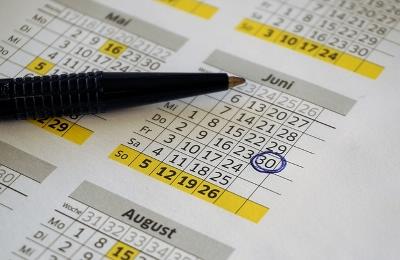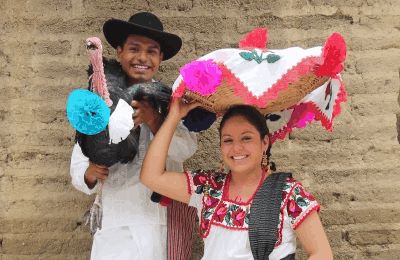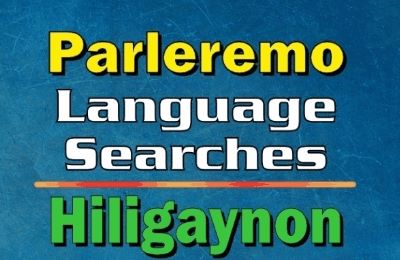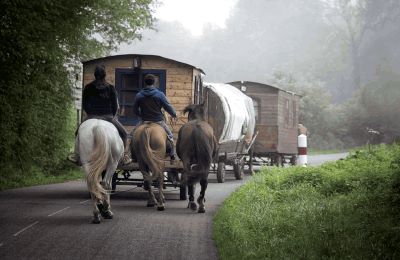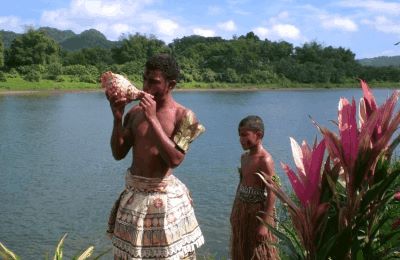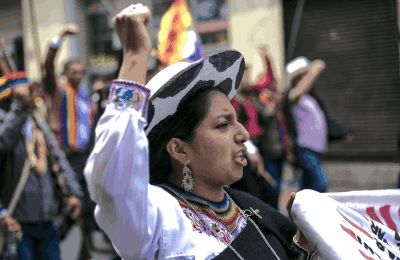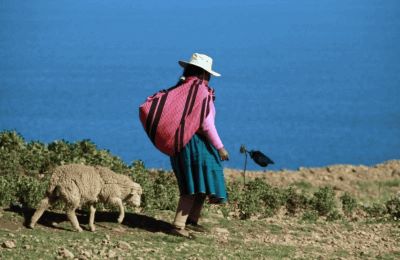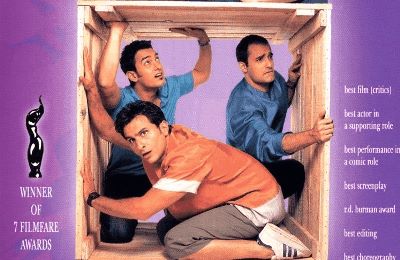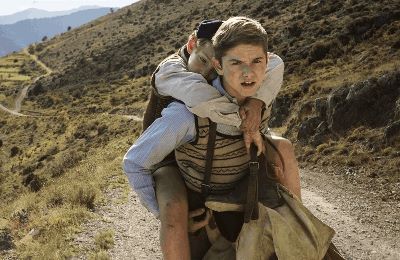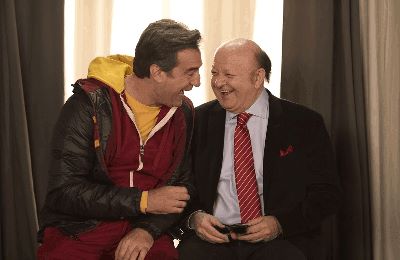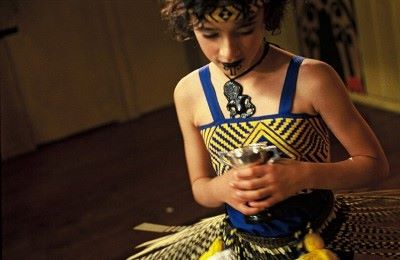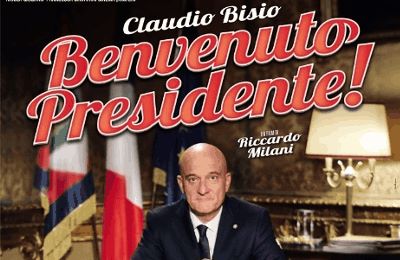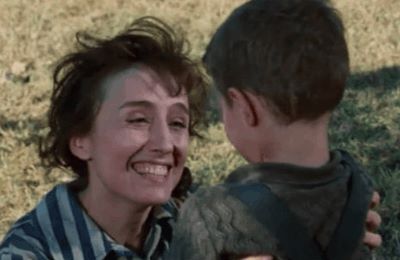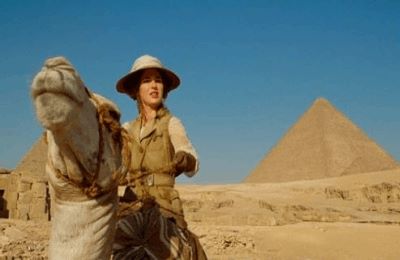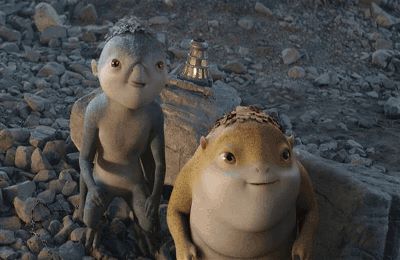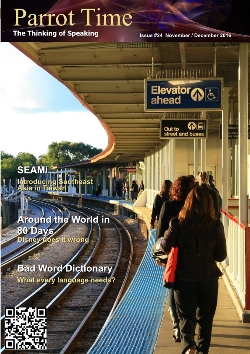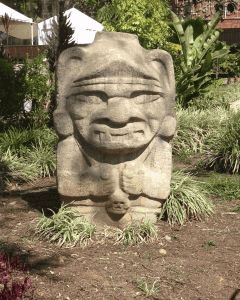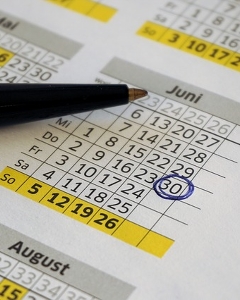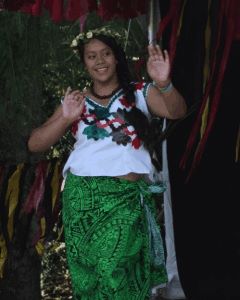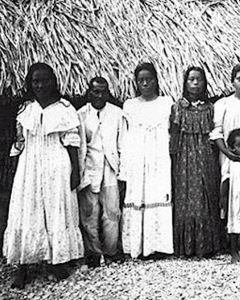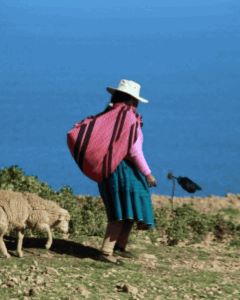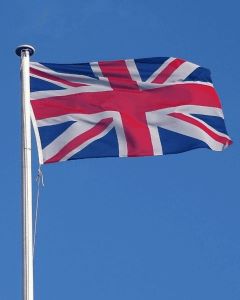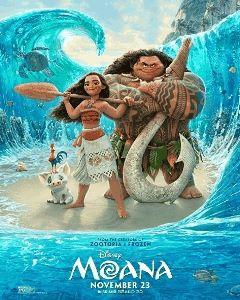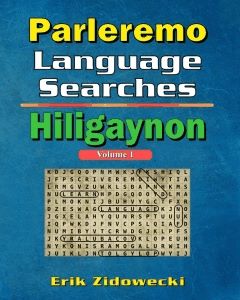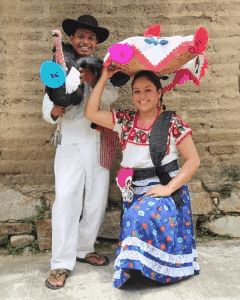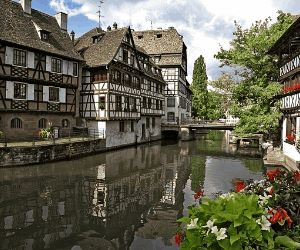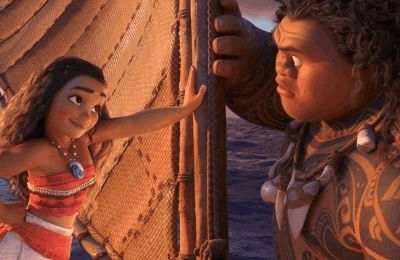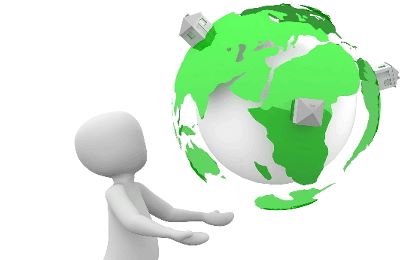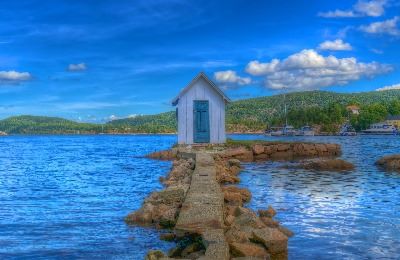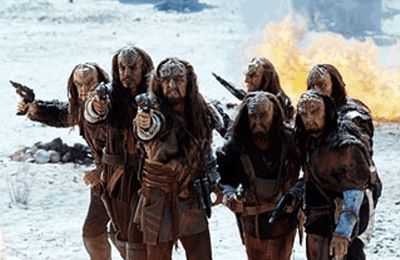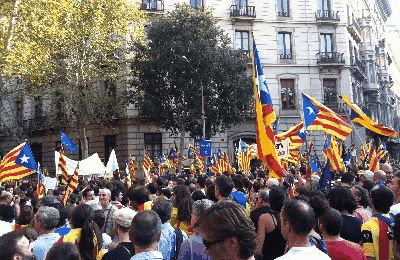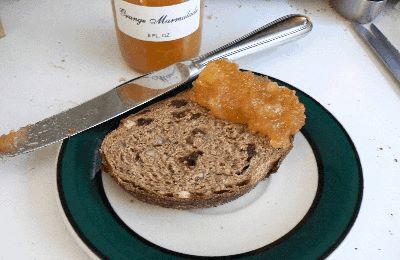
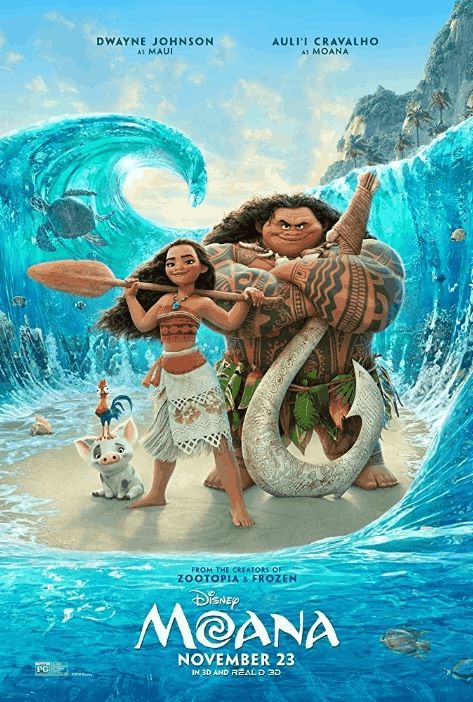
Moana
107 min PG Animation / Adventure / Comedy / Family / Fantasy / Musical 23 November 2016 Country: USA Language: English Disney has been a prolific producer of animated films for over half a century, and Moana is one of the more recent offerings. Most of these animations have been based around fairy tales and folklore. With Moana, Disney tackled the mythology of the Polynesian demigod Maui. In Parrot Time #5, we did a special Polynesian focus and printed some of the Maui stories there. Essentially, he is credited with pretty much every origin story: he pulled the islands up from the sea, tamed the wind, made the sun shine longer, created coconuts by killing and burying an eel, etc. Graphically, the film is a beautiful work of art and the songs are wonderfully singable. I had Maui's "You're Welcome" stuck in my head for two weeks after watching this picture. Unlike Disney's other film involving a demigod (Hercules), this film actually makes Maui a secondary character to the chief's daughter, Moana. Taking place approximately 3000 years ago, Moana's people live on a single island in the Pacific. Her father, Chief Tui, has raised her to be the next head of the tribe. However, Moana is drawn to the sea and wants to explore what is beyond her island, despite her father's strict ban on any boats sailing beyond the lagoon. Moana's grandmother, Tala, is sympathetic and reveals a secret to her about their heritage. She directs Moana to a secret cave on the shore which contains several large boats for exploration. When Moana beats on a drum, she is granted a vision of her ancestors using the boats to explore and discover new islands. When Moana tries to tell her father and the rest of the tribe, her father angrily lashes out. Moana cannot understand how her and her father's views could be so opposite. 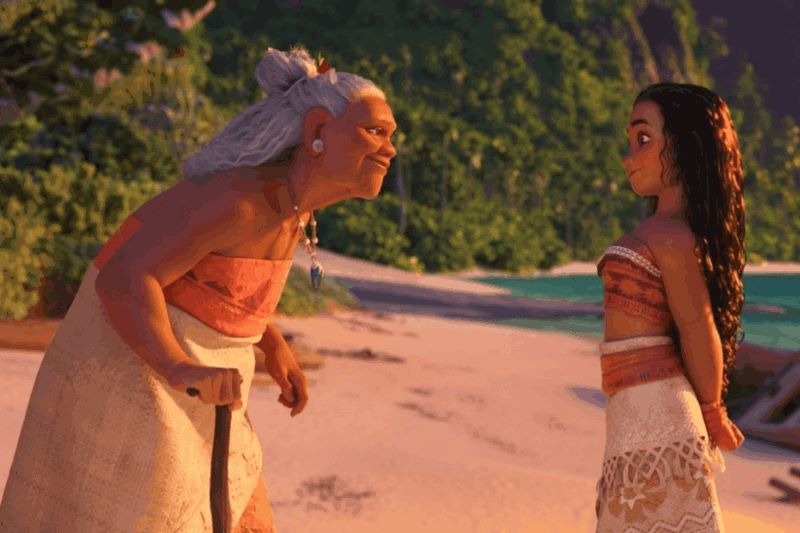 Moana with her "crazy" grandmother Tala This revelation is quickly forgotten when it is discovered that something is affecting the island. Coconuts are rotting, the fishermen's nets are empty, and a blight seems to be falling over the land. Tala explains to Moana how the evil trickster Maui stole the heart of the goddess, Te Fiti, a thousand years ago, and that unleashed a curse on the islands. The heart, a small, greenish glowing stone has made its way to their island and Tala tells Moana that she must find Maui and make him return the stone to remove the curse. That is why she is drawn to the ocean: it has chosen her for the quest. Moana is unsure whether she believes this or not, but when Tala is dying and begs Moana to save them, she finally sets out in a boat, alone, except for her crazy pet chicken, Heihei, who somehow ended up in her boat. 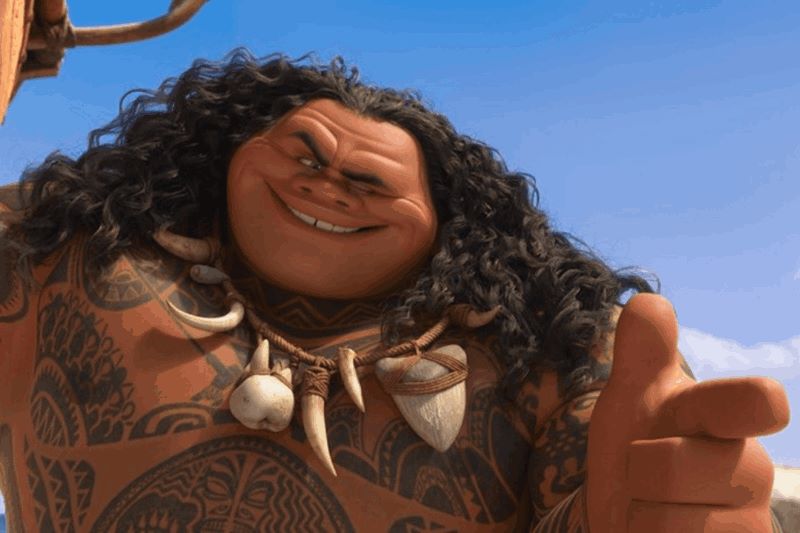 Maui, hoping to impress Moana With the aid of the ocean, she is able to find her way to the island Maui has been exiled to. When she meets the boisterous character, he thinks she is in awe of him for all wonderous feats he has done for her people. As he describes them to her, he tricks her into a cave and seals it with a boulder so he can take her boat and finally be free. Moana manages to escape and joins him on the boat. She tells him that he must return the stone, but he refuses to and dumps her off the boat several times, only to have the ocean bring her back. Finally, he agrees to help, but he will need his magic fishhook first, which allows him to shapeshift. They travel to Lalotai, the realm of monsters, where a giant crab named Tamotoa lives, who Maui believes has his fishhook. They both get captured by the decapod and barely escape with Maui's hook. However, they discover that Maui's shapeshifting abilities are faulty and this completely destroys Maui hope. 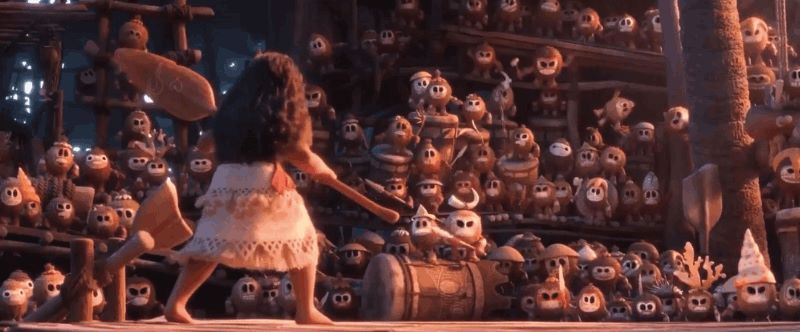 Attack by Kakamora pirates With Moana's help, Maui gets his powers back and he rewards Moana by teaching her wayfinding, the method of navigation used by voyagers. Moana comes to understand that Maui's seemingly evil theft was his attempt to give humans the power of the heart: to create life. He was doing it out of generosity, not greed. They travel to the island of Te Fiti but are confronted by a huge fire demon, Te Kā. Maui attempts to fight it, but even with his powers, he takes a beating and his fishhook is damaged, so he finally flees, leaving Moana alone. 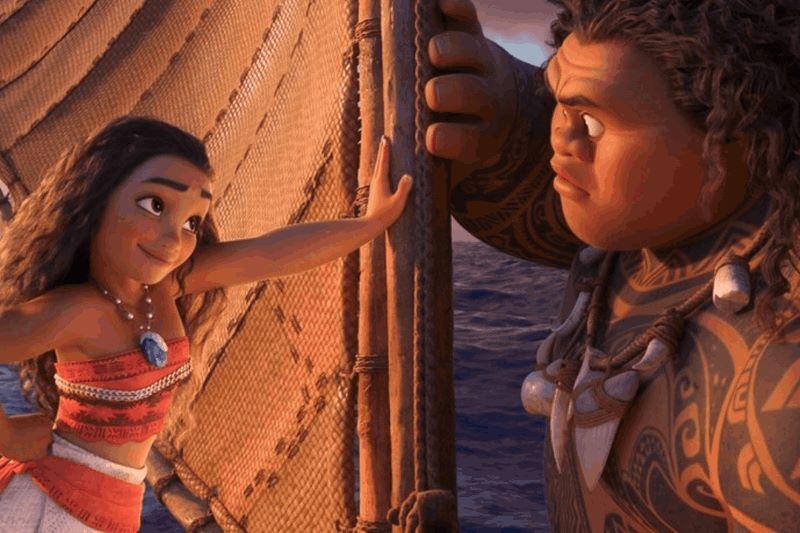 Our heroes working out their differences When they began the plans for the film, a great deal of research and discussion with different island groups was done in order to present a story that was as culturally correct and would not offend anyone. This did not work perfectly, especially in the case of Maui. With such a major figure in so many island mythologies, they were faced with the choice of sticking to the normal depictions of him, that of a young, thin and rather unremarkable man with his hair tied back, or as a representation of his power. As a result, the oversized Maui of the film with wild hair and tattooed body was chosen. Not only did portrayal shock some islanders, but they felt it was an offensive stereotype of Polynesians being obese. Aside from some problems, most people saw this as a very positive depiction of Polynesian people and culture. As an added bonus for language lovers, the vision Moana has of her ancestors sailing includes a song, "We Know the Way", which is a mix of English, Samoan, and the Tokelauan language. Mythologically, while the heroic feats Maui relates to Moana are part of his story, the stealing of a magic stone from a goddess is completely a Disney construct. 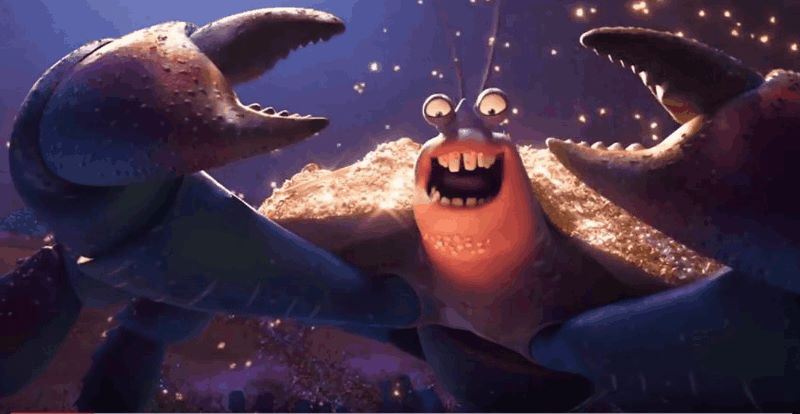 Giant decapod Tamatoa Historically, the story tries to give a reason for a real event. There is a mysterious gap in the voyaging timeline of the islands called "The Long Pause". The islands closest to Australia and New Guinea, referred to as Western Polynesia, were colonized around 3,500 years ago. However, the islands of Central and Eastern Polynesia were not settled until around 1,500 to 500 years ago. It's as if after arriving in Fiji, Samoa and Tonga, the Polynesians decide to take a 2,000-year-long break before voyaging again. 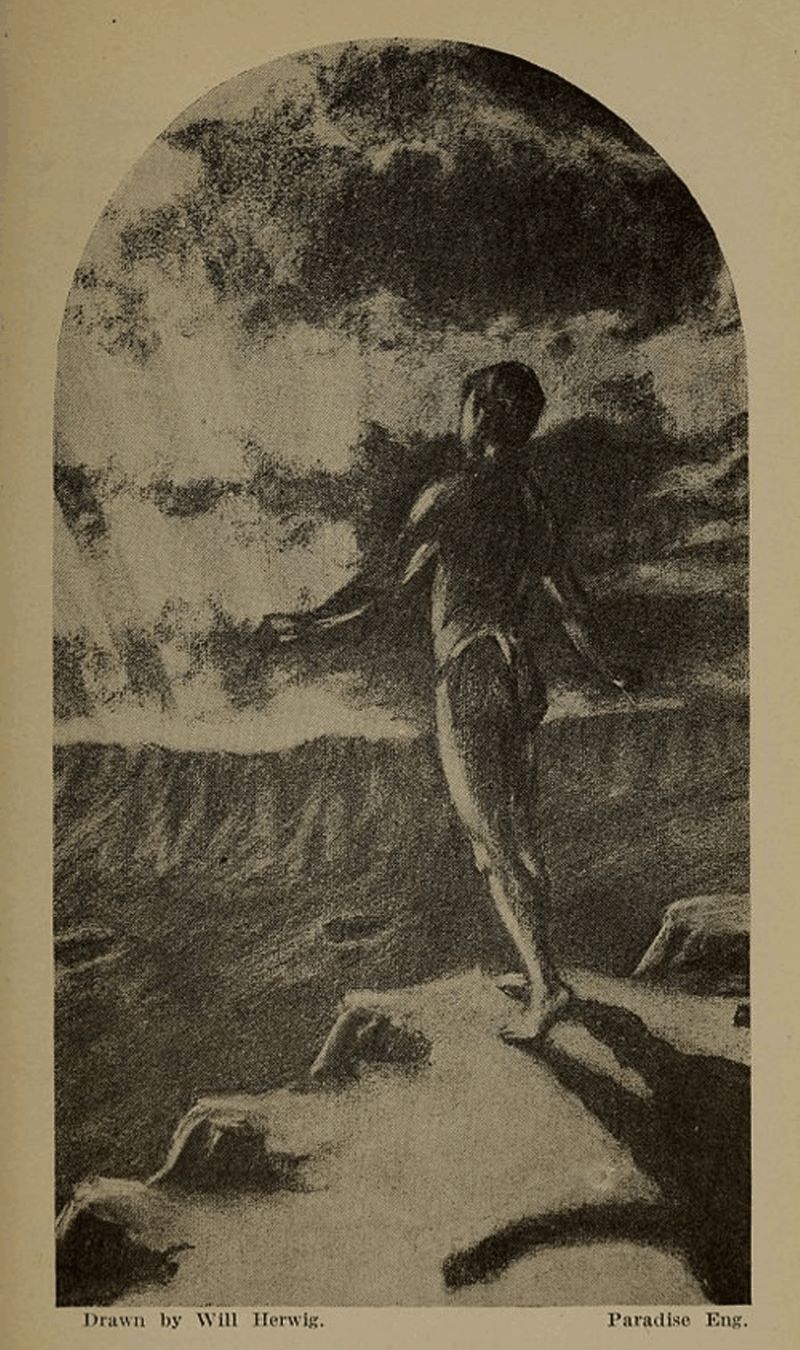 Traditional depiction of Maui The reason for The Long Pause is unknown, as well as why they started sailing again. According to Moana, they stopped sailing after Maui stole the heart and unleashed the curse and only began after it was returned, making it safe to travel again. The only discrepancy is Maui is said to have been trapped on his island for only one thousand years, not two. Graphically, the film is a beautiful work of art and the songs are wonderfully singable. I had Maui's "You're Welcome" stuck in my head for two weeks after watching this picture. While listed as a film for kids, I think many adults, like myself, would also enjoy Moana. The visuals, the music, and the story come together magnificently to make this film a welcome addition to the Disney family. |
| At The Cinema - Moana | ||||
| Writer: | Erik Zidowecki | |||
| Sources: | ||||
| ||||
| All images are copyright Hurwitz Creative (EPK), Walt Disney Animation Studios | ||||
All images are Copyright - CC BY-SA (Creative Commons Share Alike) by their respective owners, except for Petey, which is Public Domain (PD) or unless otherwise noted.
|
Looking for learning materials? Find entertaining and educational books for learning a language at Scriveremo Publishing. Just click the link below to find learning books for more than 30 languages!
| |
comments powered by Disqus

